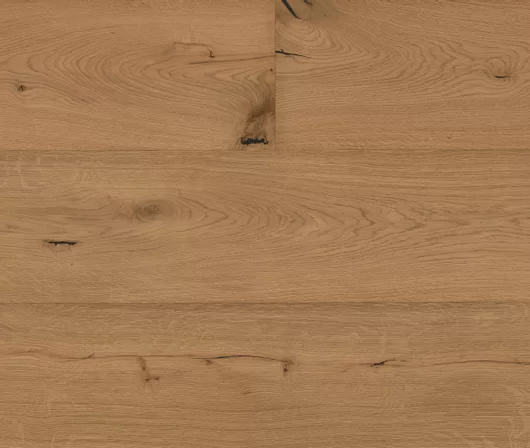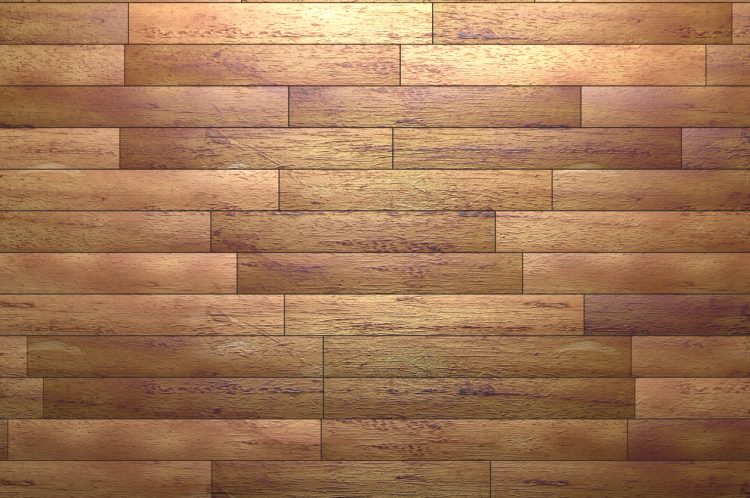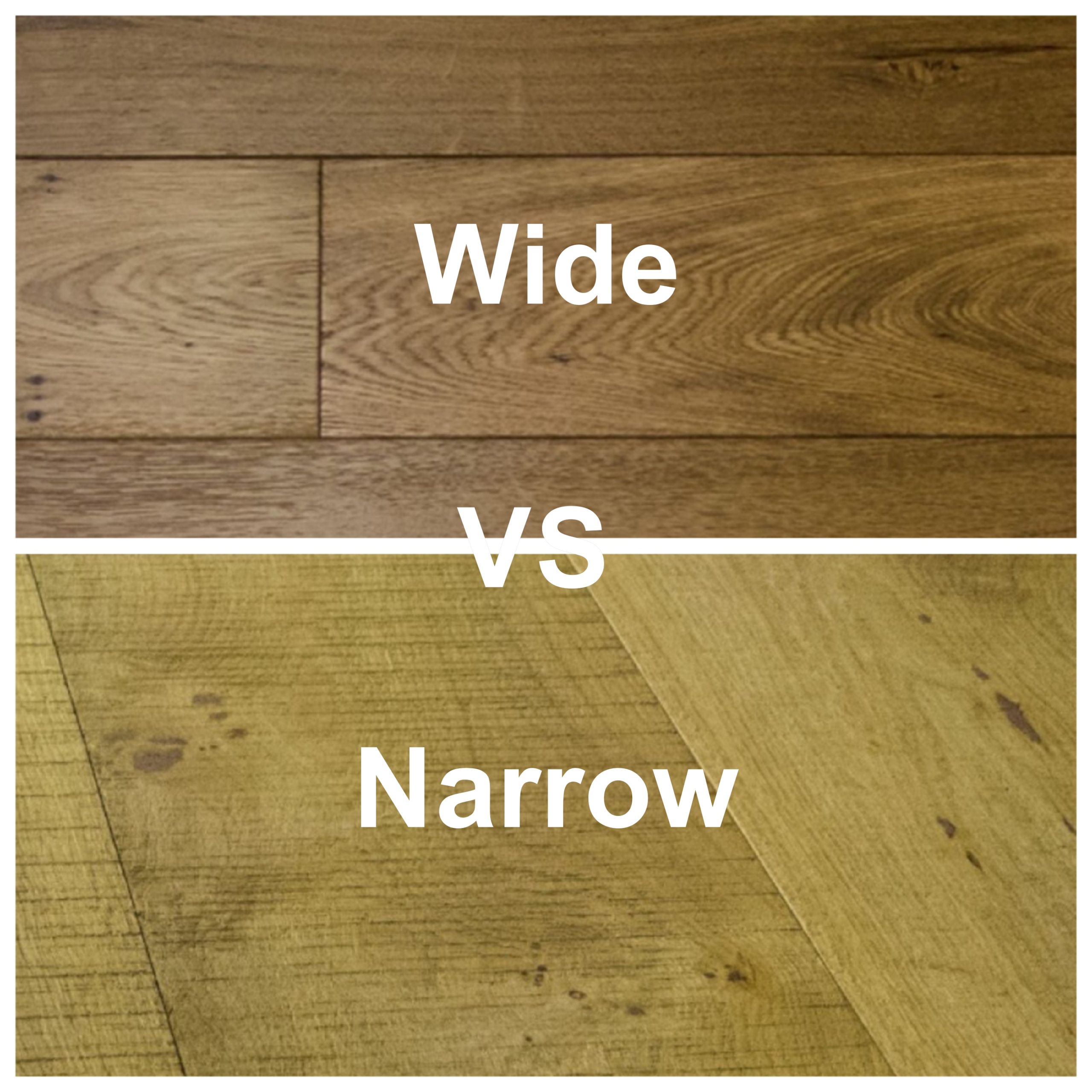Engineered wood flooring provides homeowners with a flexible and long-lasting choice for improving the appearance and value of their homes. One key decision when choosing engineered wood flooring is selecting between wide plank and narrow plank options.
Both have their unique characteristics and advantages, making them suitable for different preferences and spaces.

Table of Contents
ToggleWide Plank Engineered Wood Flooring:
Wide plank-engineered wood flooring is defined by its wider boards, typically measuring over 5 inches in width.
These broader planks can enhance the overall aesthetics of a room, creating a more expansive and luxurious appearance. Here are some key features of wide plank engineered hardwood flooring:
- Aesthetic Appeal: Wide plank flooring can give the illusion of a larger and more open room by minimizing the number of seams between boards.
- Natural Beauty: The wider planks highlight more of the wood’s natural grain patterns and knots, enhancing the flooring with added character and charm.
- Contemporary Look: Wide plank flooring is often associated with a more modern and contemporary aesthetic, making it a popular choice for modern homes and renovations.
- Stability: Despite their width, wide plank-engineered wood floors are designed to be stable and resistant to warping and cupping, thanks to the engineered construction.

Narrow Plank Engineered Wood Flooring:
Narrow plank-engineered wood flooring features narrower boards, typically ranging from two to four inches in width. While narrower planks may not create the same expansive look as wide planks, they offer their own set of benefits:
- Traditional Aesthetic: Narrow plank flooring is often associated with a more traditional and classic look, making it a timeless choice for a variety of interior styles.
- Versatility: Narrow planks offer the flexibility to create various patterns, such as herringbone or chevron, which can add visual interest and sophistication to the flooring.
- Ease of Installation: Narrower planks are often easier to handle and install, especially in smaller or irregularly shaped rooms.
- Cost-Effective: Narrow plank flooring could be a more budget-friendly option for homeowners compared to wide plank flooring, potentially offering cost savings.
Factors to Consider When Choosing:
- Room Size: Consider the size of the room where the flooring will be installed. Wide planks have the ability to create the illusion of a larger space in small rooms, whereas narrow planks may be more proportionate in smaller spaces.
- Interior Style: Wide planks are well-suited to modern and contemporary interiors, while narrow planks complement more traditional styles.
- Budget: Wide plank flooring may be more expensive than narrow plank flooring, so consider your budget constraints.
Comparison
Both wide plank and narrow plank engineered wood flooring offer unique benefits and can enhance the aesthetics of your home.
Your decision between the two options depends on factors such as room size, interior style, and budget.
Wide planks are ideal for creating a spacious and luxurious look, while narrow planks offer a traditional and classic appeal.
Carefully consider the following comparison factors to choose the option that best meets your needs and preferences.
| Feature | Wide Plank Engineered Wood Flooring | Narrow Plank Engineered Wood Flooring |
| Plank Width | Typically over five inches | Typically two to four inches |
| Aesthetic Appeal | Creates a more expansive and luxurious look, fewer seams | Traditional and classic look, more seams |
| Natural Beauty | Showcases more natural grain patterns and knots | Showcases natural grain patterns and knots |
| Room Size | Suitable for larger rooms, creates a sense of spaciousness | Suitable for smaller rooms, proportionate look |
| Interior Style | Modern and contemporary | Traditional and classic |
| Versatility | Limited patterns, but can create a striking effect in large rooms | Can create various patterns like herringbone or chevron |
| Ease of Installation | More challenging in smaller or irregularly shaped rooms | Easier to handle and install |
| Cost | Generally more expensive | Generally more cost-effective |
| Stability | Stable and resistant to warping and cupping | Stable and resistant to warping and cupping |
In conclusion, consider the size of your space, your interior style, and your budget to choose the option that best suits your needs and preferences. Whether you opt for the expansive look of wide planks or the timeless charm of narrow planks, engineered wood flooring is sure to add beauty and value to your home.

